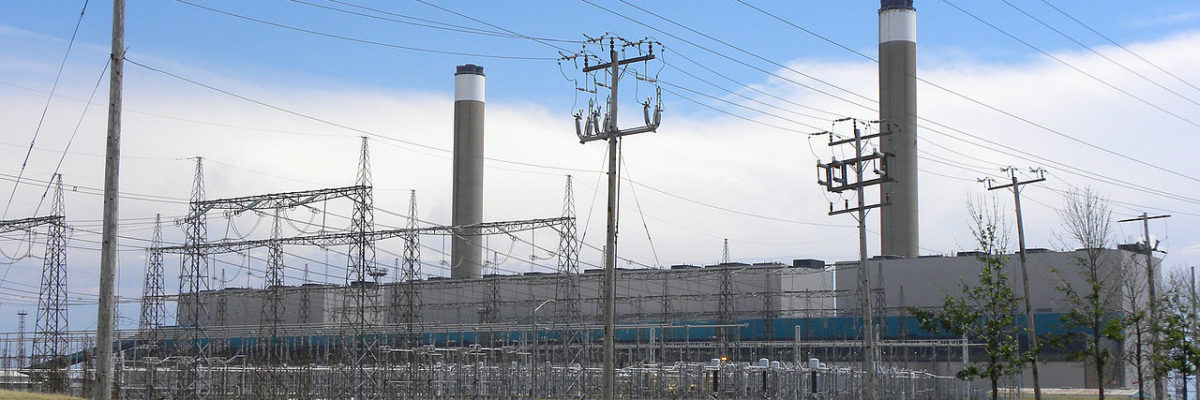Toronto, ON – Last night, at the Goodbye King Coal event, the Toronto Atmospheric Fund received the Clean Air & Climate Champion award for the group’s outstanding contribution to the campaign to eliminate coal-fired electricity in Ontario.
The Ontario Clean Air Alliance (OCAA) hosted the celebration of the final phase-out of coal-generated energy in this province. With the shuttering of the Nanticoke Generating Station, greenhouse gas (GHG) emissions produced by Ontario’s electricity sector dropped from 40 million tonnes to 10 million tonnes over the course of a decade.
The Toronto Atmospheric Fund (TAF) supported the OCAA-led push to close the coal plants with eight grants totaling nearly $400,000.
“We are very proud that our investment in a local champion has yielded such high-impact results for Toronto and beyond,” said Julia Langer, CEO of TAF. “Not only is the air we breathe cleaner, taking coal out of the electricity mix also allowed Toronto to exceed its 2012 GHG reduction targets.”
“TAF was our first funder,” said Jack Gibbons, Chair, OCAA. “And TAF stood with us throughout our 17- year campaign. TAF understood the importance of phasing out coal and shifting to cleaner and greener energy sources. And it understood the importance of putting energy conservation and efficiency first to meet our energy needs and reduce air pollution. It has been a great partnership.”
Ending coal-fired power is the single biggest GHG reduction measure in North America. Eliminating this carbon-intensive source of electricity has been a key factor in the City of Toronto’s progress towards meeting its target of reducing GHG emissions by 30% below 1990 levels by 2020.
“We are honoured to receive this award from OCAA and remain committed to supporting ambitious initiatives that help cities address climate change,” said Langer. “We believe we’re now ready to turn to the next GHG reduction opportunity – the need to reduce energy use in buildings. This is TAF’s current priority.”
Just 10 years ago, electricity generated by coal made up 25% of Ontario’s energy output. Today that gap is being filled by conservation efforts, renewable energy, and natural gas-fired generation.
Quick facts:
- Ontario is the first jurisdiction in North America to end coal-fired electricity.
- Shutting down coal-generated power reduces the provincial carbon footprint from electricity by 75%.
- The province of Ontario has a GHG reduction target of 15% below 1990 levels by 2020 and 80% by 2050.
- The City of Toronto also has a GHG reduction target of 80% by 2050.
- Large buildings (office towers, condos, etc.) produce approximately 50% of Toronto’s GHG emissions.
– 30 –

